Properly training deltoids is relatively simple yet I see people mess it up quite frequently. In order to train your shoulders thoroughly you at least need to know the three biggest muscles that the shoulder is composed of and how they function. The shoulder is composed of three deltoid heads, the anterior deltoid, the medial deltoid, and the posterior deltoid.
Anterior Deltoid: This is the muscle in the front of the shoulder. It is primarily responsible for shoulder flexion meaning it lifts the arm forward and upward. it also assists in horizontal shoulder adduction meaning it helps to bring the arm across the body.
Exercises that train this muscle include:
- Barbell Front Raise
- Cable Front Raise
- Dumbbell Front Raise
- Barbell Overhead Press
- Dumbbell Overhead Press
- Machine Overhead Presses
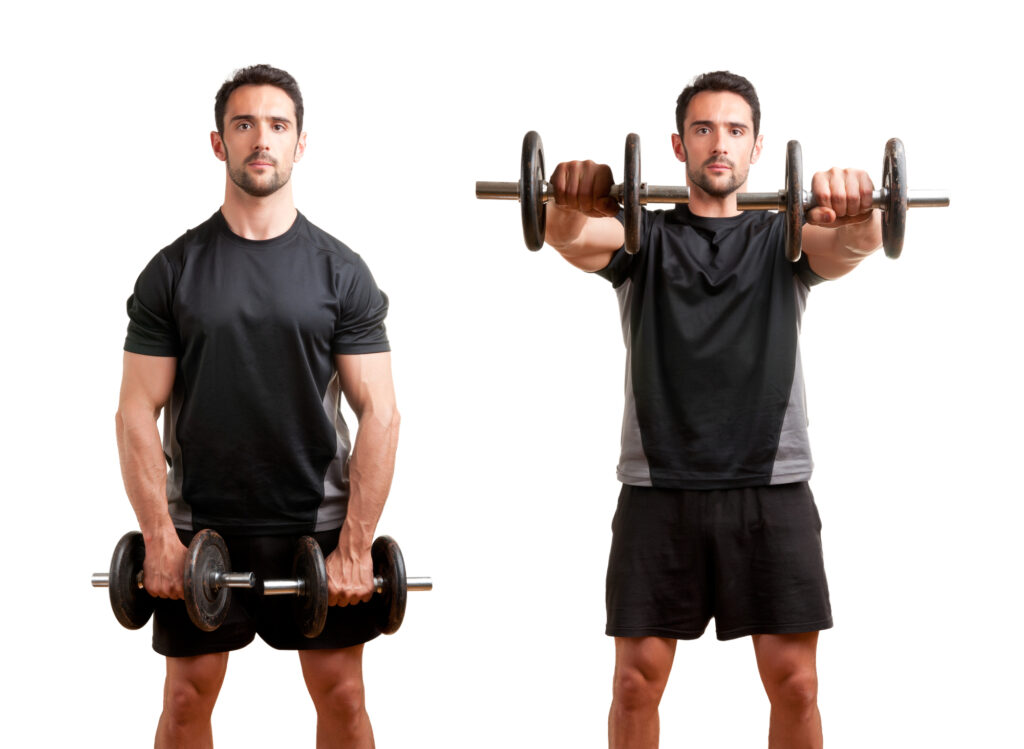
Medial Deltoid: This is the muscle on the side of the shoulder. Having a well-developed medial deltoid will make you look much wider and really “cap” your shoulders. The primary function of the medial deltoid is shoulder abduction meaning it raises the arm away from the body.
Exercises that train the medial deltoid include:
- Dumbbell Lateral Raise
- Cable Lateral Raise
- Machine Lateral Raise
- Upright Row (but not the best for targeting solely the medial delt)
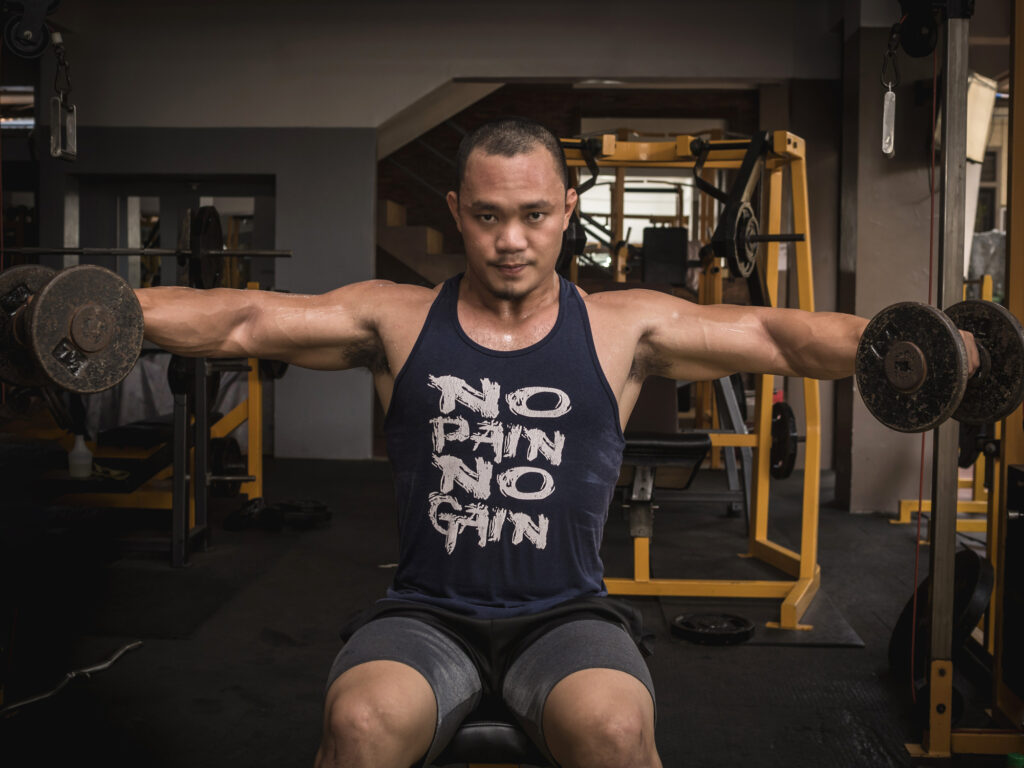
Posterior Deltoid: This is the muscle in the back of the shoulder. It is important to have a well developed posterior deltoid for healthy posture and it will help give your shoulder and roundness to it. The primary function of the posterior deltoid is shoulder extension. It is crucial when performing movements that pull the arm backwards such as pulling movements.
Exercises that train the posterior deltoid include:
- Face Pulls
- Dumbbell Rear Delt Flys
- Rowing movements
- Dumbbell Skier Swings
- Reverse Pec Deck Flys
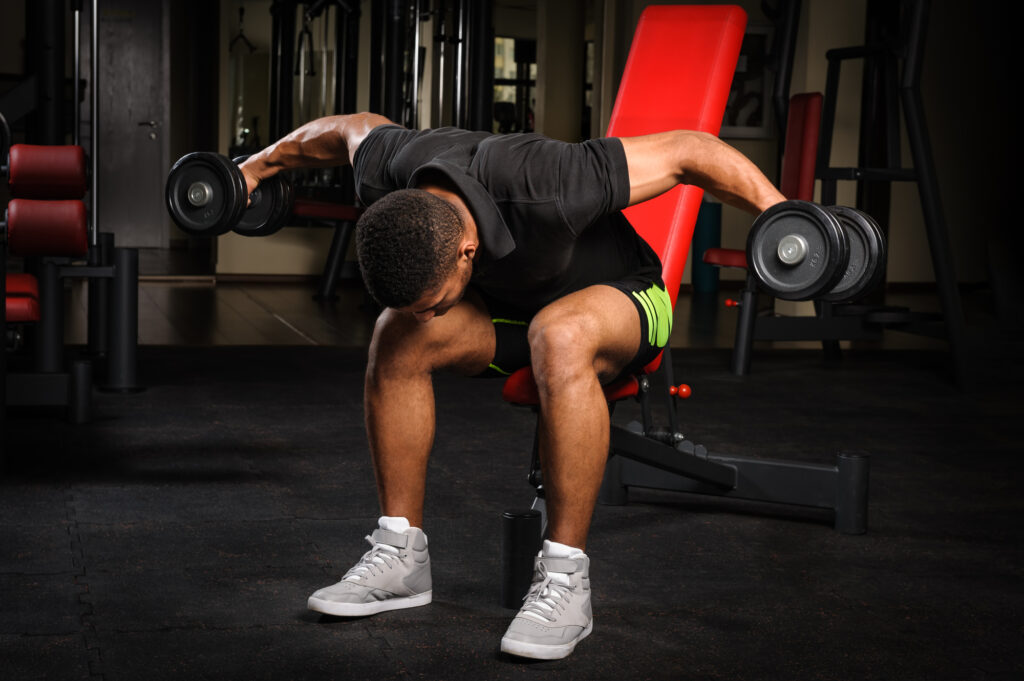
It is important to train each deltoid muscle if you want to have strong fully developed shoulders. You can train all three muscles in one shoulder session or you can split them up throughout the week in different training sessions. Rear delts would typically be trained on a back or pull day, front and medial delts would typically be training on a chest or push day. Deltoids are a smaller muscle so outside of pressing movements they will be hard to progressively overload them. I recommend training them somewhere in the 8-20 rep range and 3-6 working sets per week for each deltoid should be sufficient if done efficiently. However, medial and rear delts can handle a little more volume than anterior delts because they will also get trained when doing pressing movements.
Good luck building some big delts! If you found this information helpful you can find more in depth articles regarding training, nutrition, and health optimization by subscribing to my weekly newsletter.
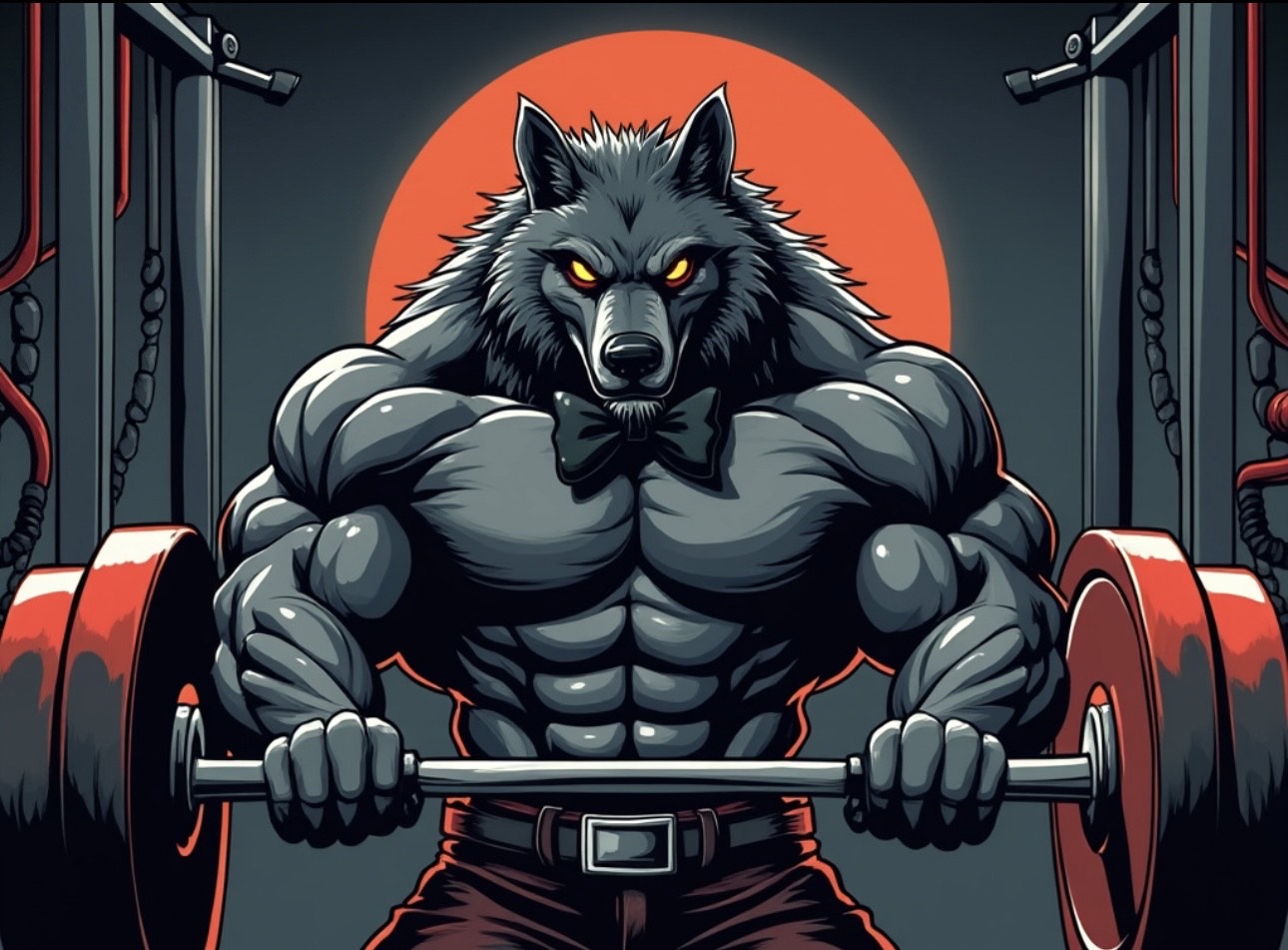
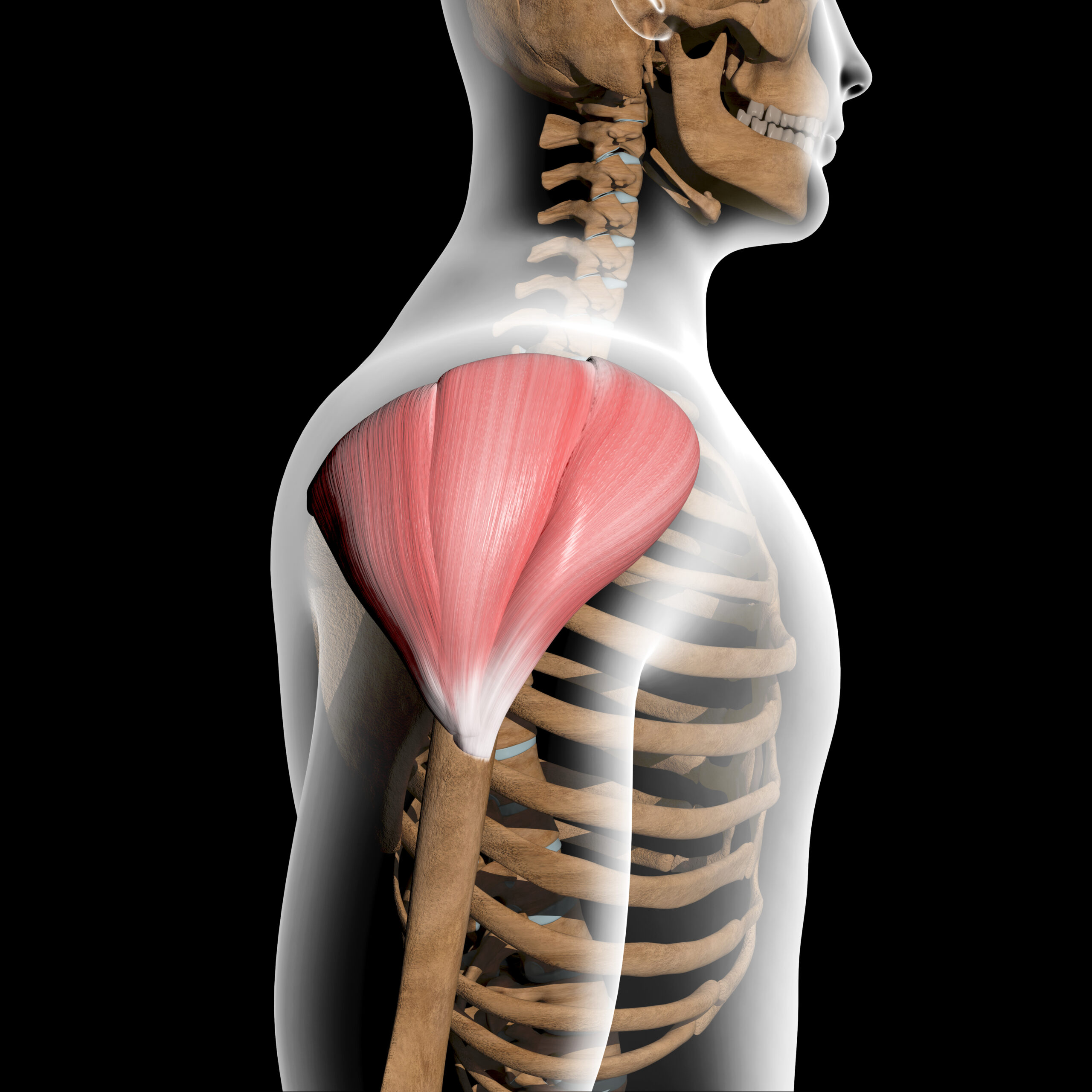
No responses yet